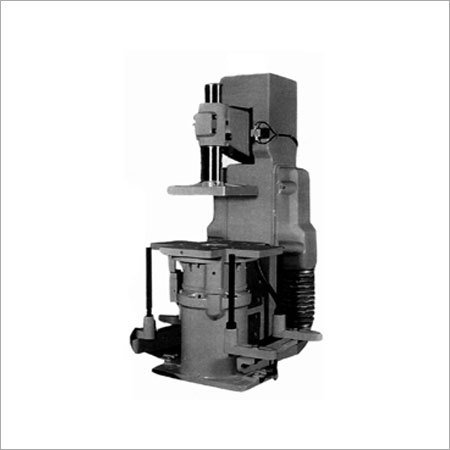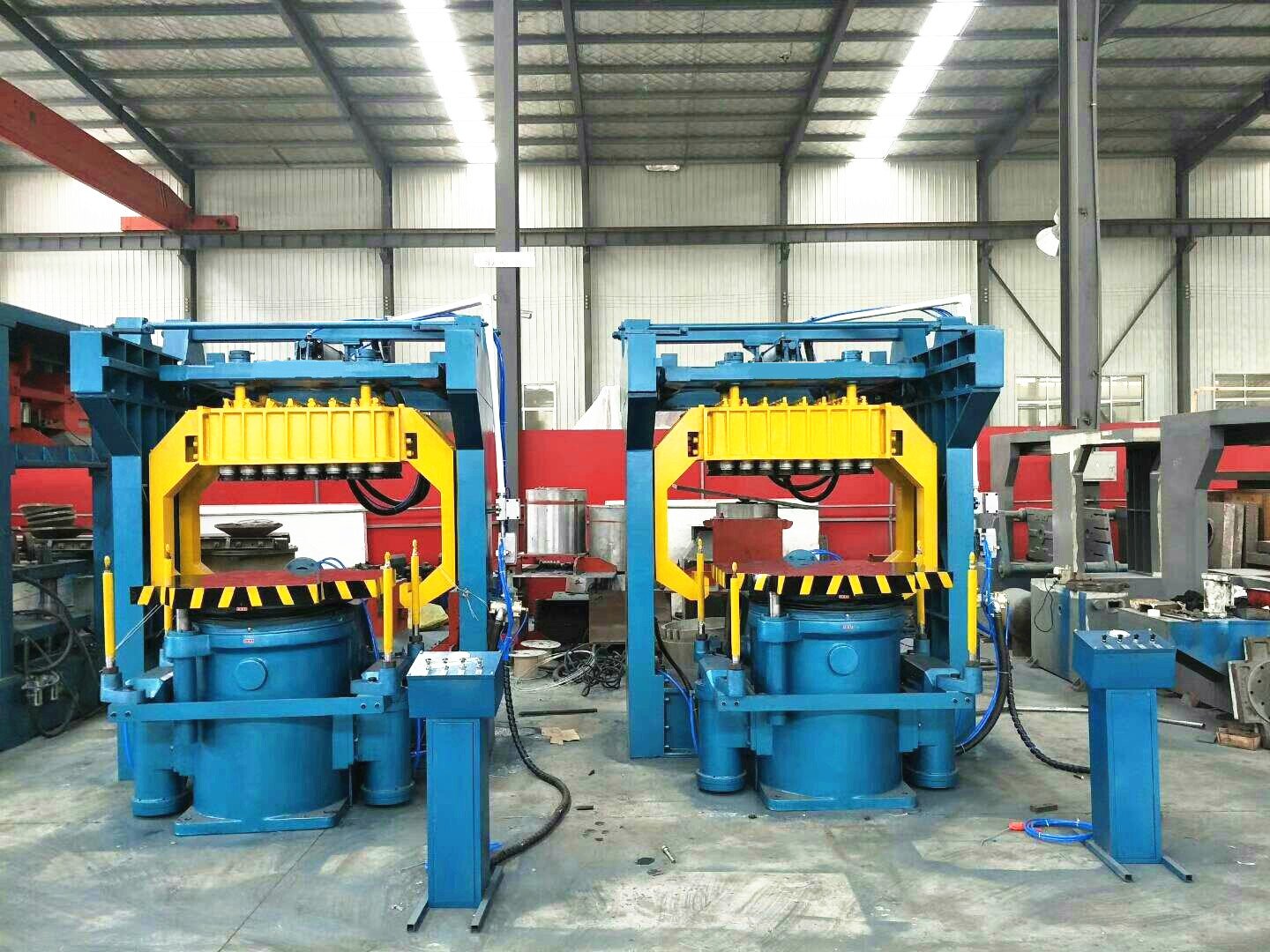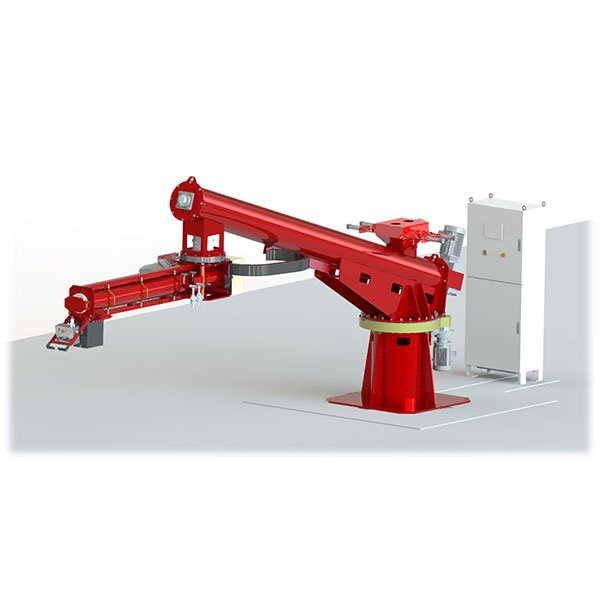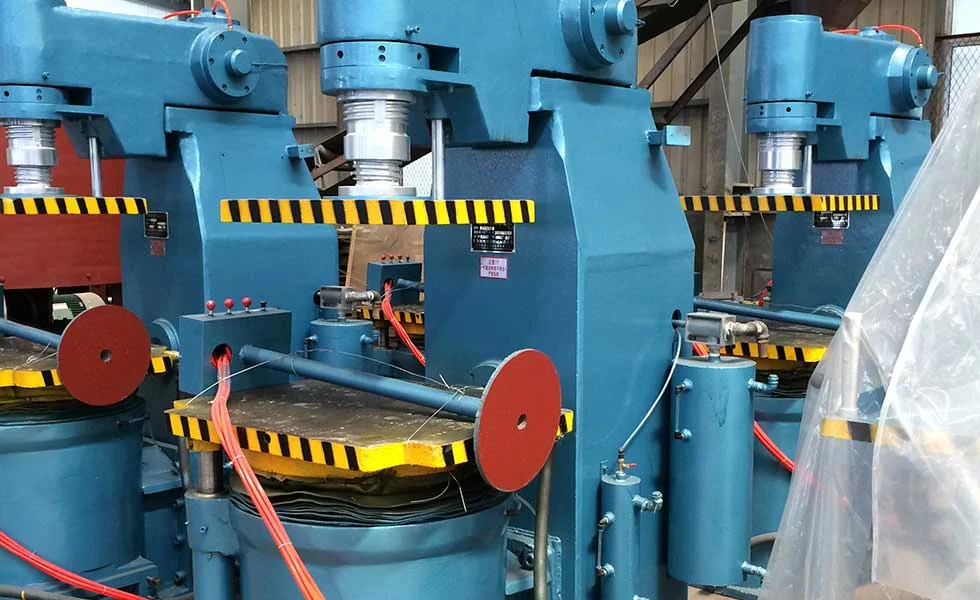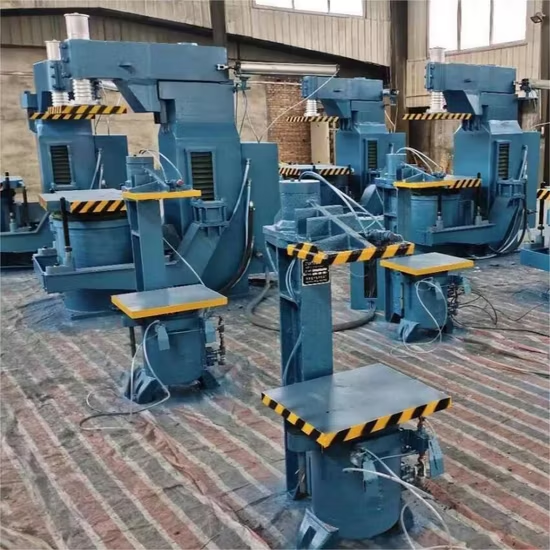Steel pipe cleaning can be frustrating if you're using the wrong equipment. Over-cleaning, under-cleaning, or slow production affects everything from paint adhesion to delivery schedules.
The right steel pipe shot blasting machine depends on your pipe size, production rate, and finish quality needs—selecting the wrong type could cost you time and money.
Let’s break down how to find the right system that matches your operations and performance goals.
Why Steel Pipe Blasting Needs Special Equipment
Manually cleaning steel pipes takes time, labor, and usually leaves inconsistent results—especially on the inside.
Steel pipe shot blasting requires specialized machines because cylindrical surfaces need uniform 360° coverage inside and out for reliable coating adhesion and corrosion resistance.

Pipes, unlike flat steel, have both internal and external surfaces that demand equal treatment—especially in oil and gas applications. Traditional methods like sandpaper or hand grinding don’t reach the internal bore uniformly. Even for external pipe blasting, angle coverage is hard to maintain manually.
Automated shot blasting solves this with synchronized rollers and blast wheels—or internal nozzle systems that reach deep into the pipe. I've seen pipe fabricators who used to take hours per pipe switch to automated systems and cut processing time by 70% while boosting finish quality.
This is why choosing a system purpose-built for pipes—rather than adapting a general shot blaster—is critical.
Types of Steel Pipe Shot Blasting Machines
Not all pipes need the same blasting treatment. Understanding each machine type is step one.
Steel pipe shot blasting machines come in various configurations, each optimized for specific surface areas (inner vs. outer), pipe sizes, and production volumes.

Comparison Table of Machine Types
| Type | Description | Suitable For |
|---|---|---|
| Outer Wall Blaster | Cleans only the external surface | General pipeline, water transmission |
| Inner + Outer Blaster | Uses internal nozzle + outer blast wheels | Oil, gas, pressurized pipelines |
| Roller Conveyor Type | Continuous line for long straight pipes | Industrial & construction steel works |
Each machine serves a different production context. For example, if you only need external cleaning for 10m water supply pipes, a simple roller conveyor system will suffice. But if you're processing oil pipes or heat exchanger tubes where internal cleanliness is critical, you'll need a combo system.
When advising clients, I always recommend evaluating both current and future needs. Some businesses begin with external cleaning only but later expand into coated or lined pipe production—which demands internal prep.
5 Key Factors to Consider When Selecting
Selecting a shot blasting system without understanding your requirements is like buying a car without checking if it fits your garage.
Focus on five critical factors: pipe size range, throughput rate, surface quality, blasting media, and space availability.
Let’s look at them one by one:
Pipe Diameter Range
Match the machine’s input and handling system to your pipe sizes. Most models handle Ø60–Ø1000 mm, but some require special clamps or adjustable rollers for small-diameter pipes.Throughput Speed
Know your production goals in m²/hour or pipes/day. Some machines offer speeds up to 3 m/min, others are slower but provide more aggressive cleaning.Surface Finish Requirement
Sa2.5 is standard for most coatings, but Sa3.0 may be required for high-end applications. Your blast system must be powerful enough to achieve this consistently.Abrasive Type
Steel shot produces smoother finishes and is more durable; grit gives rougher profiles suitable for thick coatings or rubber linings.Workshop Footprint
These machines range from 10–20 meters in length. Make sure your facility layout can accommodate installation, operation, and maintenance space.
💡 Real Case: A UAE customer processing 300 mm oil transmission pipes switched to an inner-outer blasting system. The result? Manual internal grinding time dropped by 80%, and pipe rejection rates halved.
Technical Comparison Table
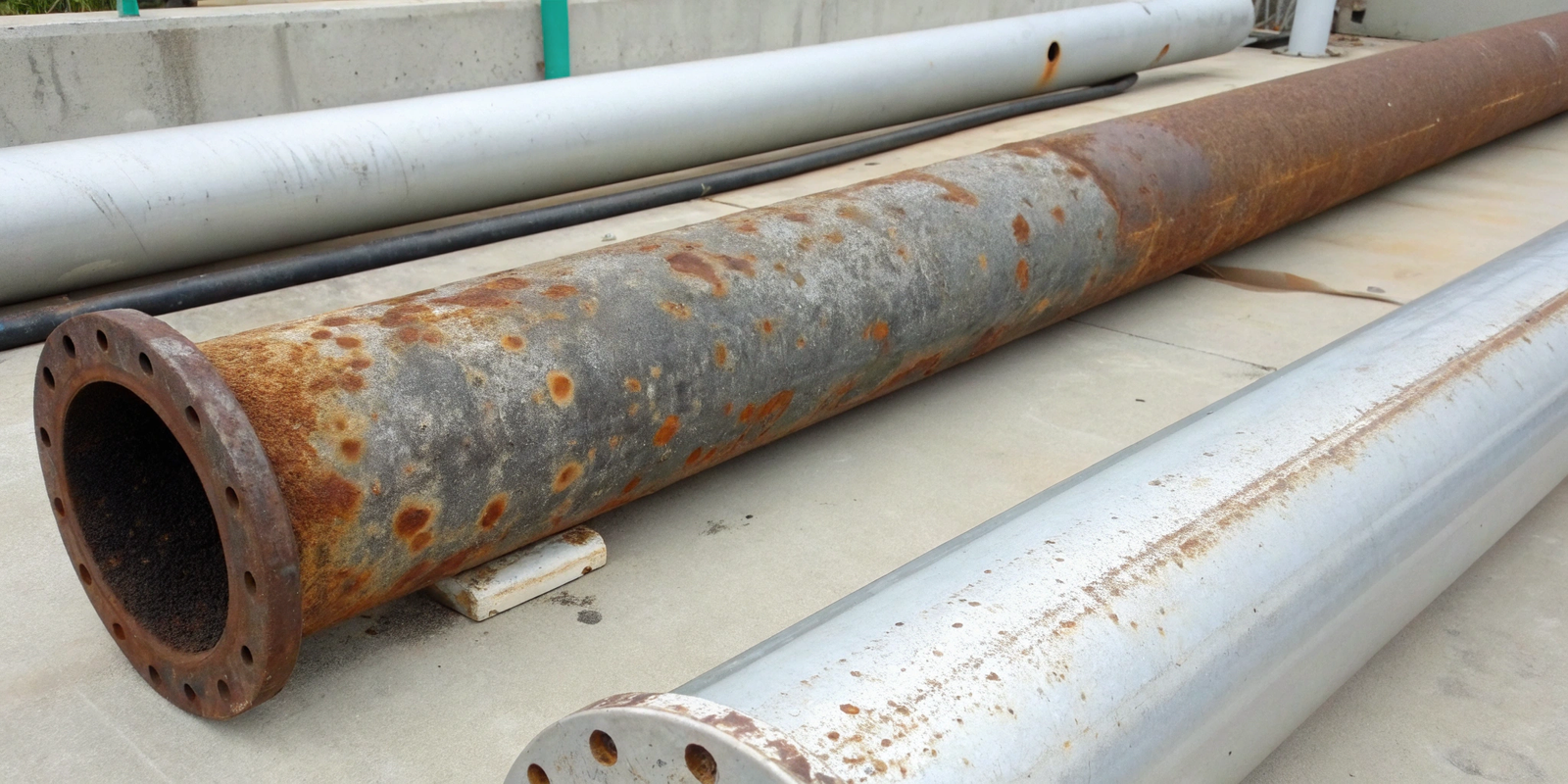
| Feature | Roller Conveyor Type | Pipe Inner-Outer Blaster |
|---|---|---|
| Cleaning Scope | External only | Internal + External |
| Pipe Size Range | Ø60–Ø1000 mm | Ø80–Ø600 mm |
| No. of Blast Wheels | 4–8 | 6–10 |
| Dust Collection | Cyclone + Filter | Cartridge + Pre-separator |
| Typical Conveyor Speed | 0.5–3 m/min | 1–2 m/min |
This table makes one thing clear: combo machines offer deeper cleaning but require more precise operation and often come at a higher cost. That’s why I always help clients calculate ROI based on production scale and rejection costs.
Another note—don’t overlook dust collection. Poor filtration leads to maintenance headaches and environmental compliance risks. Always choose models with two-stage systems and easy-access filter cartridges.
FAQs
Q: Can one machine blast both inner and outer pipe surfaces?
A: Yes. Inner-outer combo systems use rotating nozzles for inside and blast wheels for the outside.
Q: How often do I need to replace the blast wheels?
A: On average, every 600–1200 hours depending on abrasive type and pipe volume.
Q: What is the difference between steel shot and grit?
A: Shot is round and gives smoother finishes. Grit is angular and better for aggressive surface profiling.
Q: Do these machines handle non-circular pipes?
A: No. They are optimized for round pipes. Irregular profiles require custom fixturing or flat-bed machines.
Q: How much space do I need to install a pipe shot blaster?
A: At least 12–20 meters depending on the model and whether you include loading/unloading conveyors.
Conclusion
Choosing the right steel pipe shot blasting machine saves time, cuts manual labor, and ensures a better coating foundation. Know your production needs, and select a system that aligns with them—not just now, but for future expansion too.
Need help selecting a model? Contact our engineers for custom advice based on your pipe size and production goals.


